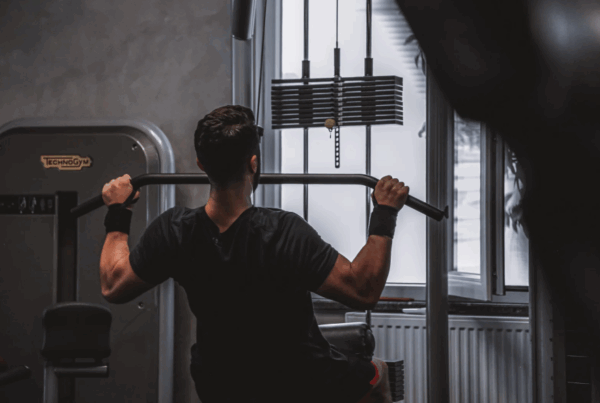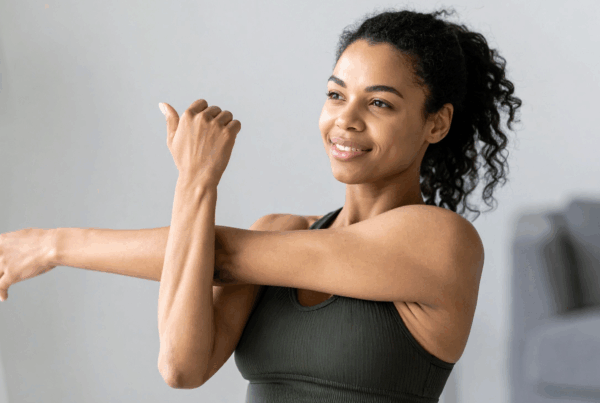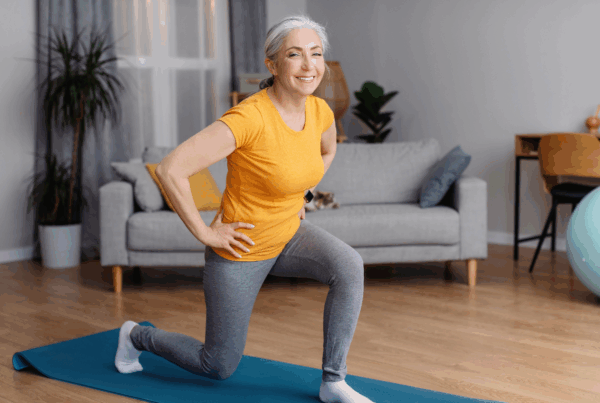Kris Scaife explains one key exercise he used to take a patient from being unable to bend and reach past her knees to doubling her sit to stand speed and being able to lift from the ground again, all at the same time as kick starting her return to work process.
Enter Kris:
The patient we’re discussing today was diagnosed with an L5-S1 disc protrusion and at the time of the initial assessment was very stiff, very pain focused and like most who’ve experienced a significant injury, they were guarding a lot of their movements and had become very deconditioned and weak as a result.
Measures from the initial assessment showed that five repetitions to rise out of the chair during a sit to stand test took her 70 seconds, she wasn’t able to navigate stairs very much at all and she was unable to bend and reach beneath the knees showing a lot of limitations to her movement and functionality.
Where are they now:
At the 8 week mark of treatment we’ve been able to halve the time it takes to perform the 5 repetitions of sitting and stand with this decreasing from 70 seconds down to 34 seconds. She’s back to being able to pick pieces of paper up off the floor, she’s able to walk up and down stairs front on instead of using a two foot, sideways gait and discussions are now starting with her doctor to return back into her work duties.
What did we do?
One of the exercises we’ve used for this patient’s lumbar spine and back pain is the “Frog”.
The main idea of this is to strengthen and activate the lower core to help support the lumbar spine. During the exercise, patient’s are instructed to flatten the lumbar spine, take the curve out of the spine, and then maintain that posture pressing the lower back curve into the ground.
Patients are instructed to let the knees then drop to hip width apart and, keeping the hips stable, lift the feet so that the hips reach the 90deg flexion position with knees bent. This can be progressed further by engaging the upper body and starting to make circles with the arms.
To progress to more of a squatting movement pattern or squat based positioning we need to start with squatting to a bench, stool or chair and aim at something that’s at a comfortable range, not too low as you want them to have the strength to get back up once the hips and glutes are engaged, so working within a small range to start is important.
When initiating the squat movement I instruct patients to focus on moving their pockets back to allow the hips to “hinge” and then stand back up whilst driving through the heels of the feet and squeezing through the glutes to ensure it’s the hips and the pelvic musculature that are driving the movement and not the lower back.
Once this movement has been mastered then you can start to get them away from the bench, stool or chair and incorporate more realistic tasks such as those they’d perform at work or in their day to day home tasks.
Well done Kris Scaife!
Sign up to our email list here to get more helpful info about Exercise Physiology delivered straight to your inbox. No spam and no selling!! Just useful info to help you understand more about what Exercise Physiology is and how it can help.
AND, make sure you “Like” our Facebook page here for more insights into how we’re using Exercise Physiology to improve outcomes for all of our customers


